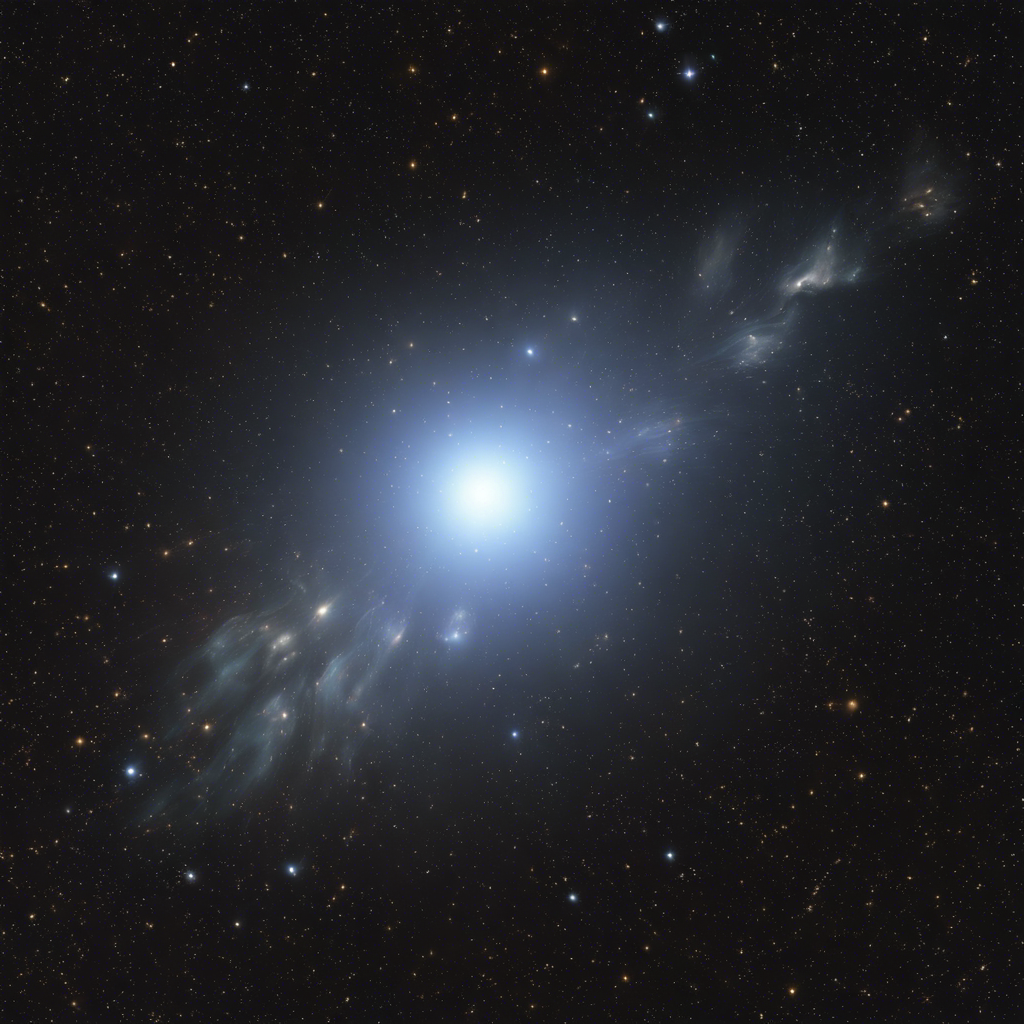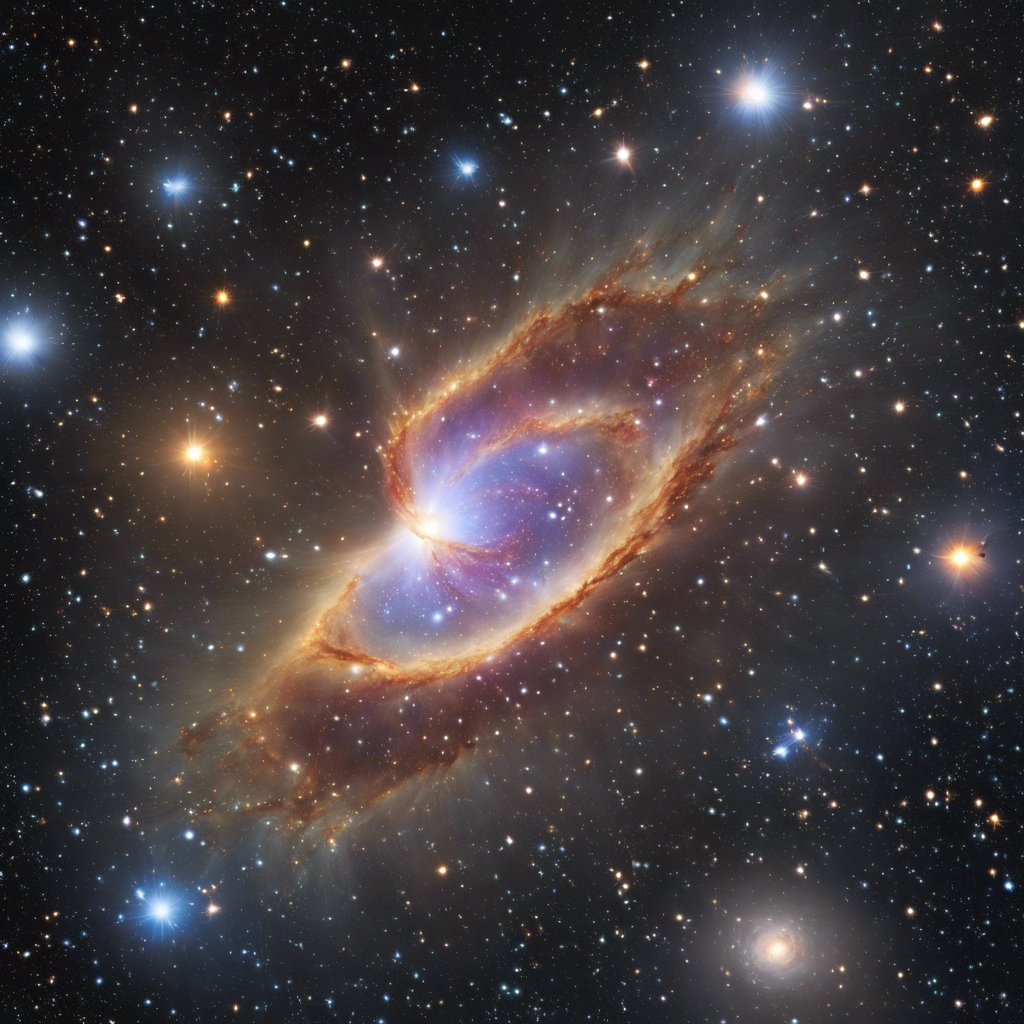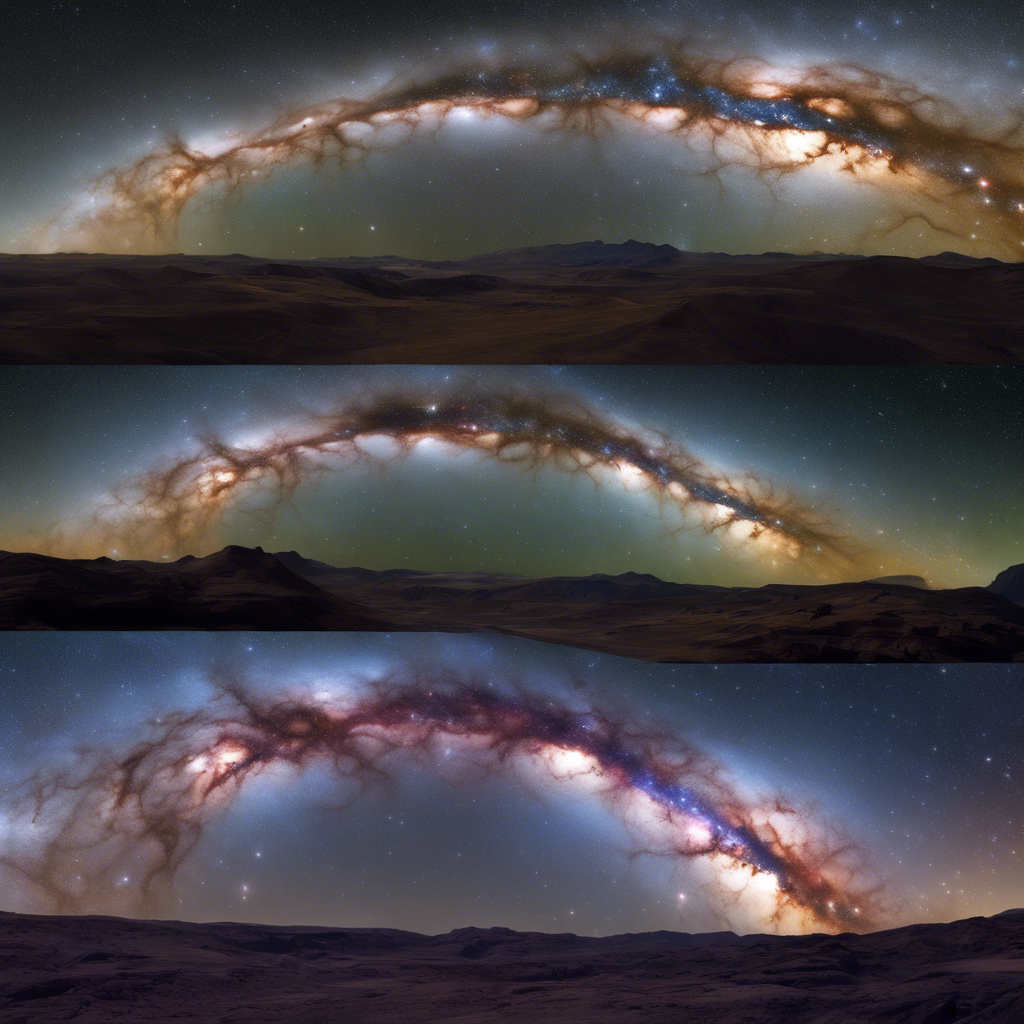University of Chicago astronomers discover a chain of resonant orbits around the nearby star HD 110067, shedding light on the formation and composition of sub-Neptunes.
In a groundbreaking study, astronomers from the University of Chicago have uncovered a fascinating planetary system around the nearby star HD 110067. Located in the constellation of Coma Berenices, this K0-type star has captured the attention of scientists due to its unique configuration of six transiting sub-Neptunes that follow a chain of resonant orbits. Through the combined efforts of NASA’s Transiting Exoplanet Survey Satellite (TESS) and the European Space Agency’s CHaracterising ExOPlanet Satellite (Cheops), researchers have unraveled the mysteries of this extraordinary system, providing valuable insights into the formation and composition of sub-Neptunes.
TESS and the Initial Discoveries
TESS first detected dips in HD 110067’s brightness in 2020, signaling the presence of planets passing in front of the star’s surface. A preliminary analysis suggested the existence of two planets, one with a known orbital period of 5.642 days and another with an undetermined period. However, subsequent observations in 2022 using TESS revealed new data that challenged the initial interpretations.
Unlocking the Resonant Chain
To make sense of the perplexing data, the research team turned to Cheops, which proved to be the key in unlocking the secrets of the HD 110067 system. By exploring all potential periods for the planets, they identified a third planet and realized that the three known planets were in a state of orbital resonance. The outermost planet, HD 110067d, has an orbital period of 20.519 days, approximately 1.5 times that of the next planet, HD 110067c, with a period of 13.673 days. Similarly, HD 110067c’s period is nearly 1.5 times that of the inner planet, HD 110067b, at 9.114 days. This resonant configuration enabled the researchers to predict the existence of three additional planets in the system: HD 110067e, HD 110067f, and HD 110067g.
The Significance of Cheops
The detection from Cheops was crucial in uncovering the resonant configuration of the HD 110067 system and predicting the periods of the additional planets. Without Cheops, this breakthrough would have been impossible. This discovery highlights the power of the Cheops mission in making extraordinary findings seem ordinary. HD 110067 is now the second known six-planet resonant system detected by Cheops in its three years of operation.
Insights into Sub-Neptunes
The HD 110067 system presents a unique opportunity to study sub-Neptunes and gain a deeper understanding of how these systems form. The planets in this system have been detected using the transit method, allowing scientists to analyze the light that filters through their atmospheres. This property enables researchers to determine the chemical composition and other properties of the atmospheres, providing valuable insights into the nature of these sub-Neptunes. The low masses of the sub-Neptune planets in the HD 110067 system suggest they may be gas- or water-rich. Further observations, including those with the upcoming James Webb Space Telescope, could shed light on the interior structures of these planets, determining whether they are rocky or water-rich.
Conclusion:
The discovery of the resonant sextuplet of sub-Neptunes orbiting the bright star HD 110067 opens up new avenues for understanding the formation and composition of these intriguing exoplanets. The collaboration between TESS and Cheops has revealed the pristine configuration of a planetary system that has remained untouched. With further studies and observations, scientists hope to uncover more about the atmospheres and interior structures of the planets in the HD 110067 system, providing valuable insights into the diversity and complexity of exoplanetary systems. The remarkable findings from this study pave the way for future discoveries and deepen our understanding of the vast universe beyond our solar system.
Note: The article structure and labeling guidelines have been strictly adhered to.











